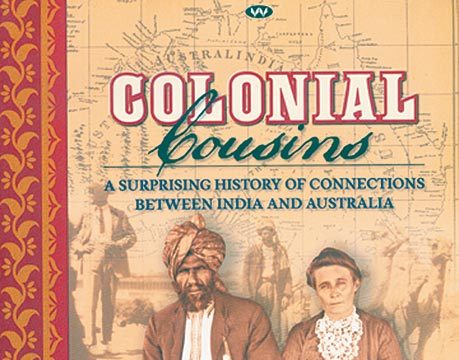Colonial Cousins is an ambitious enterprise, mapping out connections between India and Australia in the 18th and 19th centuries. The book is written with all the passion of two India lovers: Westrip was born and schooled in India before 1947, while Holroyde was married to the first BBC correspondent posted to independent India.
It is perhaps to be expected that Australia and India had a certain historical affinity, given they both suffered the same British paternalism. What is surprising is that the book demonstrates that “both people’s knew more about each other in colonial times… than they do today.”
These links begin with the very idea of Australia: Alexander Dalrymple, an eminent cartographer with the East India Company in Madras, conjectured the possibility of an undiscovered Great Southern Land and lobbied for exploration. From the inception of the new colony, British administrators and army men travelled between India and Australia. These included well-known public figures like Lachlan Macquarie, the fifth Governor of New South Wales, who had served in India for twenty years and described himself as an ‘awkward, rusticated jungle wallah’. Robert Campbell, the ‘Father of Australian Commerce’, came from Calcutta and made much of his wealth smuggling Indian rum! Colonial Cousins also uncovers some delightful diaries by women who paint vivid pictures of exchanging bungalows full of servants in India with rough huts in outback Australia.
Interestingly, Indian migrants made major contributions to the founding of Australia. Many of the ships sailing to the Australian continent were built in India and manned by lascar seamen. Then there were the Indian servants, much valued for their loyalty, obedience and abstinence from alcohol. Migrants who came on their own steam included Sikh hawkers, itinerant traders, who travelled hundreds of miles, serving lonely homesteads with everything from pick and shovel to lace
handkerchiefs!
The most unsung heroes among these early Indian migrants were the so-called ‘Afghan’ cameleers. Most of these men were Pathans and Baluchis from British India. The camel was admirably suited to harsh Australian conditions, and Indian camels became the backbone for carrying goods across the hostile landscape of the country. These camels and their tough, highly skilled cameleers were on every major expedition to explore Australia.




